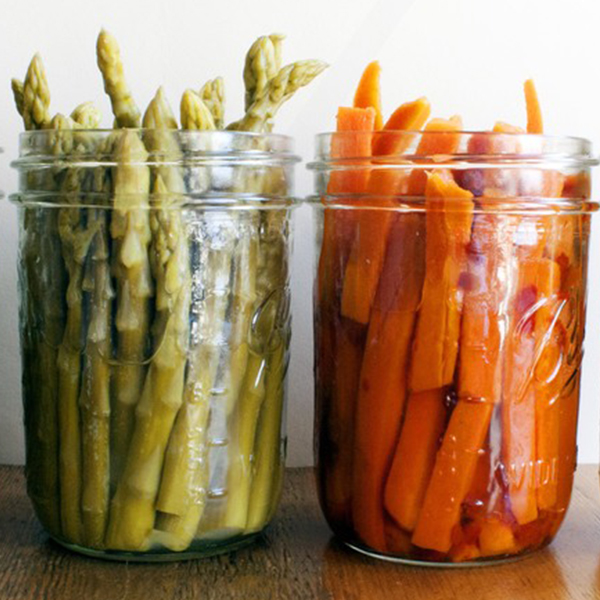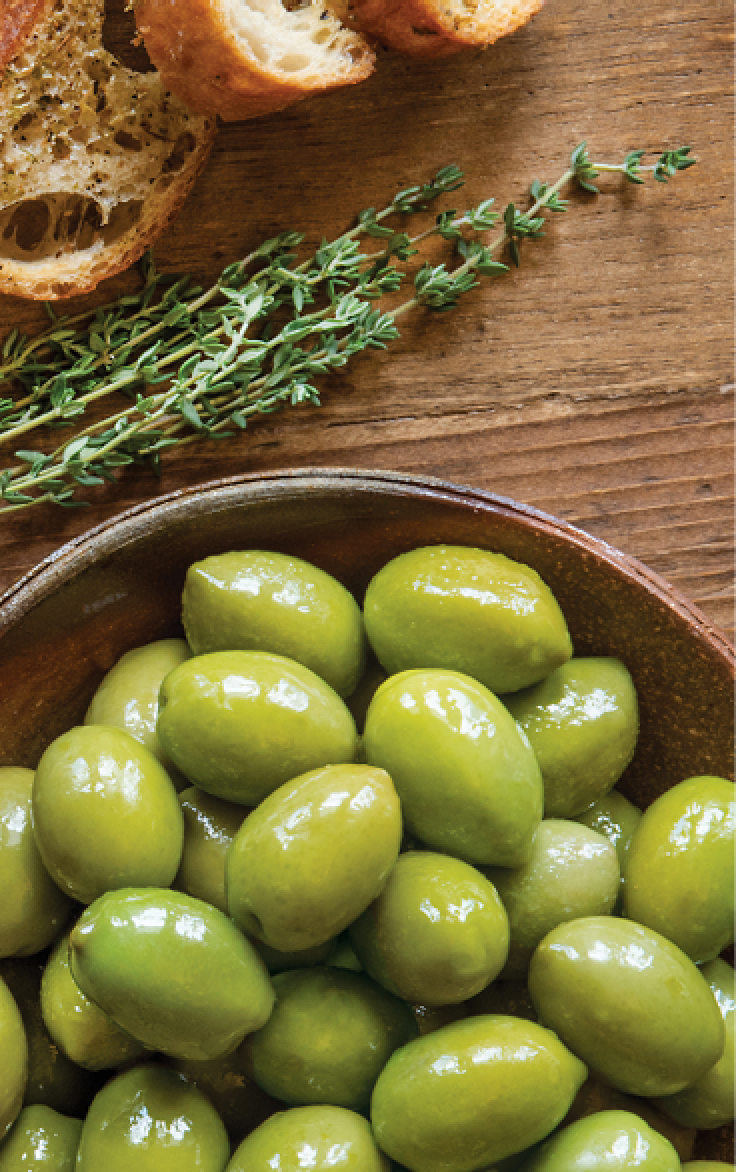
If, like me, you’ve been using the last few weeks of the season to squirrel away as much summer produce as you can get your hands on, you might be finding your crisper drawer overflowing with tomatoes, strawberries, watermelon, bell peppers, even the odd summer squash or Chinese long beans that you don’t know what to do with but looked oh-so-good at the farmer’s market. Now you’re staring down a winter filled with root vegetables and hearty stews with only a precious few days left before your summer fruit and veggie hoard begins to spoil. Don’t despair! Simply keep calm, and start pickling.
Pickling has recently come back in fashion (was it ever fashionable before?) as a hobby, sustainability practice and general culinary hot-ticket. With artisanal brine-houses popping up across the country like craft breweries in the early 2000’s, now is the perfect time to embrace the trend and join the pickle-renaissance.
There are two basic ways to approach pickling: ‘canning’ for long-term storage and ‘quick-pickling’ for immediate use. I prefer the latter since it requires less equipment and precision and still extends the lifespan of the pickled items by a few weeks. All you really need for this method is vinegar (or another acidic base), water and whatever spices or herbs you want to add flavor to the pickled product.
You should be using about an equal measure of water and vinegar, though I tend to use slightly more vinegar, maybe about a 3/4 to 1 ratio. The best way to get your brine going is to boil the water, vinegar and spice mixture. Boiling will help the flavors blend better than if they were only mixed at room temperature.
After boiling your brine, you can either pour it immediately or give it time to cool before pouring it over the fruit or vegetables of your choice in an air-tight container. Pouring the brine in hot is necessary if you’re canning, but if you’re quick-pickling the boiling brine will cook your pickles and you’ll lose a bit of that satisfying crunch.
The best part about pickling is that it’s entirely customizable. You can get as creative or as simple as you like. Maybe after experimenting on some (fairly safe) cucumbers, you’ll want to try to pickle watermelon rinds, peaches or tomatoes. You can get experimental with your brine as well, adding chili flake or whole peppers is a great way to add a bit of kick to any kind of pickle and spices from turmeric to cinnamon can all add something to a brine, it all depends on your taste. Included is a very simple brine recipe that you can play with and make your own.

Ingredients:
- 1 tsp whole black peppercorns
- 1 tsp red pepper flake
- 1 1/4 cup vinegar
- 3/4 cup water
- 1/4 cup granulated sugar
- 2 tbsp kosher salt
-
Directions:
- Pack your fruit or vegetable of choice tightly in a 1-quart glass jar, leaving about 1/2 inch of room at the top. Set aside.
- Make the brine: Toast the pepper flake and peppercorns in a small saucepan over medium heat until fragrant, about 2 minutes. Add the remaining ingredients and stir until the sugar and salt have dissolved. Bring to a boil.
- Either pour the brine into the jar immediately or let it cool to room temperature and then pour it into the jar. Seal the jar with a tight fitting lid and shake or rotate it to evenly distribute the brine and spices.
- Store in the refrigerator for at least 1 day and preferably 1 week before using. The pickles can be kept in the refrigerator for up to 1 month.


